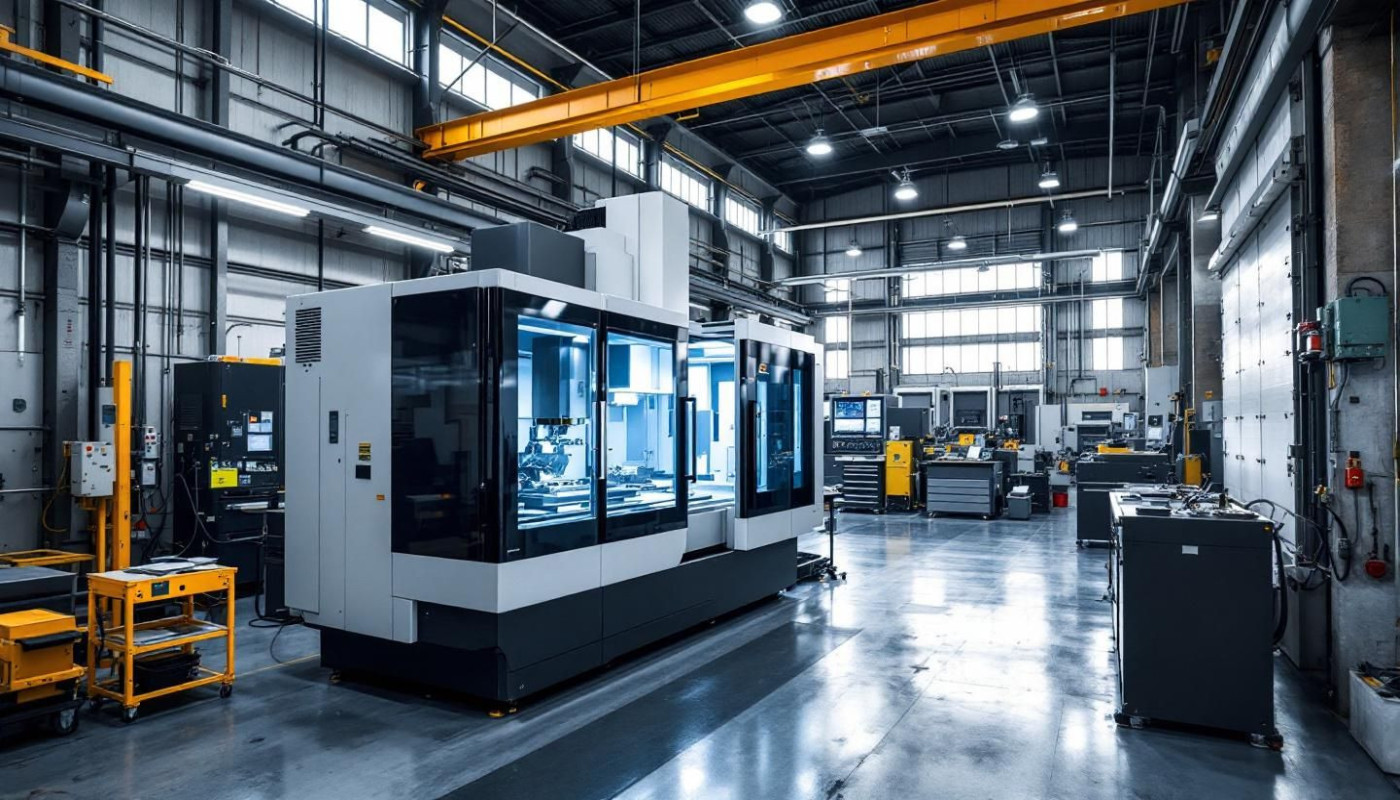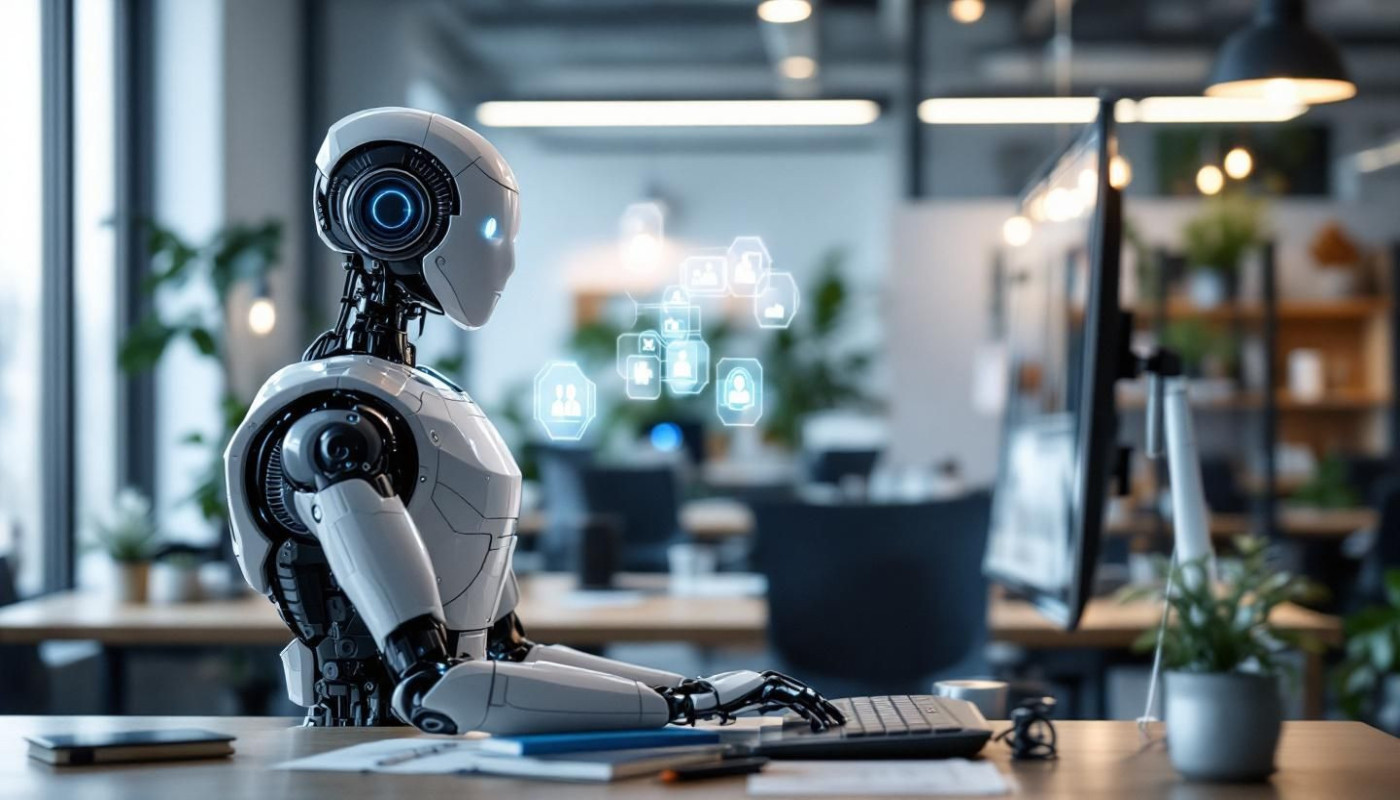Table of contents
In an era where digital technology continually reshapes our visual landscape, the graphic design industry stands on the cusp of a transformative revolution, thanks to the advent of artificial intelligence (AI). As machines become adept at tasks once solely the domain of human creativity, we stand to witness a seismic shift in how visual content is created, manipulated, and disseminated. This exploration is not just about the mechanization of art; it's about harnessing AI to expand the horizons of human creativity, streamline workflows, and unlock new potentials in design. The impact of AI on graphic design promises to redefine the boundaries between technology and artistry, challenging professionals to integrate these tools into their repertoire. The ensuing paragraphs delve into this intriguing fusion of technology and creativity, inviting readers to envision a future where AI is an integral part of the graphic design industry. Discover the ways AI is set to innovate this field, from automating mundane tasks to generating original designs that may have once seemed inconceivable.
The Intersection of AI and Creativity
The graphic design industry is currently witnessing a transformative phase with the integration of AI-driven design tools, which are reshaping the way creative professionals work and think. Far from usurping the role of human designers, AI is serving as a catalyst in enhancing creativity with AI, infusing the design process with innovative approaches that would be challenging to achieve manually. AI in graphic design is not about replacement; it's about augmentation. By analyzing vast amounts of data, AI tools can learn individual design preferences and predict trends, thereby assisting in the generation of fresh concepts and AI-generated layouts. An example of this collaborative intelligence is seen in software that can suggest harmonious color schemes or offer layout suggestions that push the boundaries of conventional design.
These creative AI applications, which act as partners in the design workflow, are empowering designers to focus on the more strategic aspects of their work. As AI handles time-consuming tasks like adjusting typography or refining intricate patterns, designers can allocate their time to more complex and nuanced aspects of their projects. This symbiotic relationship is central to the evolution of design, as it allows human creativity to thrive in concert with technological advancement. The potential of AI to revolutionize the graphic design industry is vast, with tools that not only streamline the workflow but also infuse it with a level of precision and personalization previously unattainable. In embracing AI as an ally, the graphic design community is unlocking new realms of possibility, where the only limit is the designer's imagination.
Streamlining Design Workflows with AI
The integration of artificial intelligence into the graphic design industry has been transformative, particularly in streamlining design workflows. AI workflow automation has enabled a more efficient way of executing tasks that traditionally consumed a significant portion of a designer's time. For instance, automated batch processing—a technique where AI performs repetitive actions like resizing images for various platforms—has revolutionized how designers approach bulk tasks. This not only enhances design efficiency but also proves to be cost-effective, reducing the hours spent on manual adjustments.
Furthermore, AI in design testing, such as conducting A/B testing, has become simpler and more precise. Designers can now leverage AI to generate multiple design iterations at an unprecedented pace, allowing for rapid prototyping and decision-making. This capability of AI ensures that creative professionals can dedicate their focus to the more creative and innovative aspects of their craft, rather than getting bogged down by the minutiae of design variants and testing procedures.
The advent of AI creative workflow tools has fundamentally altered the operational intricacies of graphic design. By handling time-consuming and repetitive tasks, AI empowers designers to be more strategic and thoughtful in their work, fostering an environment where creativity and human ingenuity are at the forefront. The result is a more agile and responsive design process that meets the demands of a fast-paced industry, while also pushing the boundaries of what is possible in graphic design.
Data-Driven Design Decisions
The advent of AI in the graphic design industry marks a transformative era where data-driven decisions are becoming the norm. By harnessing the power of machine learning in design, AI algorithms have the capability to sift through immense datasets—what we refer to as "big data"—to extract actionable insights. This computational might allows for predictive design analytics, offering foresight into emergent design trends and enabling designers to stay ahead of the curve. These advanced systems do not merely understand current preferences but can forecast future shifts in user engagement, tapping into a level of predictive foresight previously inaccessible to human designers.
AI-driven personalization epitomizes the intersection of data and creativity. Through user engagement analysis, AI systems can tailor designs to appeal to specific demographics, aligning visual elements with audience preferences. This personalization extends beyond mere aesthetics; it's about creating a visual narrative that audiences can connect with on a profound level. As designers leverage these tools, they are empowered to make evidence-based design choices that resonate more deeply with their target audiences. Moreover, the application of design trend forecasting allows for a proactive rather than reactive approach to design, ensuring content remains relevant and impactful.
In this context, this post becomes a testament to the transformative influence of AI on the graphic design industry. At its core, AI offers a new paradigm for designers: one where intuition is informed by data, creativity is driven by analytics, and the result is a harmonious blend of art and science.
Challenges and Ethical Considerations
As AI continues to permeate the graphic design industry, a host of challenges and ethical considerations arise. The specter of job displacement looms large, with fears that automated processes may render certain skills obsolete. With "AI originality" at the forefront, concerns about the uniqueness of AI-generated designs are prompting debates on the value and authenticity of computer-generated artistry. Amidst these discussions, the significance of "human oversight in AI" cannot be overstated, as it becomes imperative to ensure that technology augments rather than replaces human creativity and decision-making.
In the realm of "AI design ethics," questions of intellectual property become particularly pronounced. As machines generate content, the lines between creator and creation blur, challenging traditional notions of ownership. "AI intellectual property" rights become a complex issue, raising questions about the legal status of AI-produced works. To address these sensitive areas, the concept of "ethical AI deployment" in graphic design advocates for a conscientious approach that respects the contributions of designers while embracing the efficiencies AI can offer. This approach calls for industry leaders to navigate the intersection of innovation and responsibility with a clear understanding of AI's broader societal impacts.
Preparing for an AI-Enhanced Future in Design
The integration of artificial intelligence into the graphic design industry is inevitable, compelling professionals to seek methods for future-proofing design careers. As AI becomes a pivotal aspect of design work, the emphasis on upskilling for AI is paramount. Designers must commit to continuous learning to adapt to new tools and methods that AI introduces. It is pivotal for educational institutions to revise their offerings, incorporating AI in design education to ensure that graduates are well-equipped with the necessary skills and understanding to thrive in an AI-enhanced environment.
For current professionals, embracing AI technology is not merely a choice but a necessity. It signifies a willingness to evolve and grow, paralleling the advancements within their field. This includes familiarizing themselves with AI-driven design software, understanding the principles of machine learning as it applies to design, and harnessing the vast potential of data-driven aesthetics. Furthermore, by fostering a culture of lifelong learning, designers can remain agile and responsive in a dynamically shifting landscape. The road ahead calls for a mindset that views AI not as a replacement, but as an invaluable collaborator in the creative process.
Similar articles

How To Choose The Right CNC Machining Center For Your Needs?

How Choosing The Right Chatbot Builder Enhances Customer Engagement

Exploring The Impact Of Advanced Signal Boosting On Business Productivity

Exploring The Benefits Of Streamlined Cluster Management Tools

Exploring The Benefits And Setup Of Omnichannel Chatbot Platforms

How To Effectively Manage A Ransomware Crisis In Your Company

Exploring The Role Of Intuition In Enhancing Patient Care Efficiency

Exploring Career Paths In Consulting In The Era Of Digital Communication Tools

Exploring The Benefits Of Generative AI For Diverse Industries

